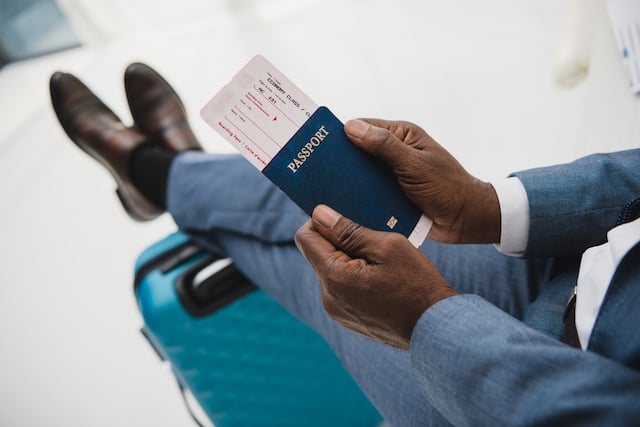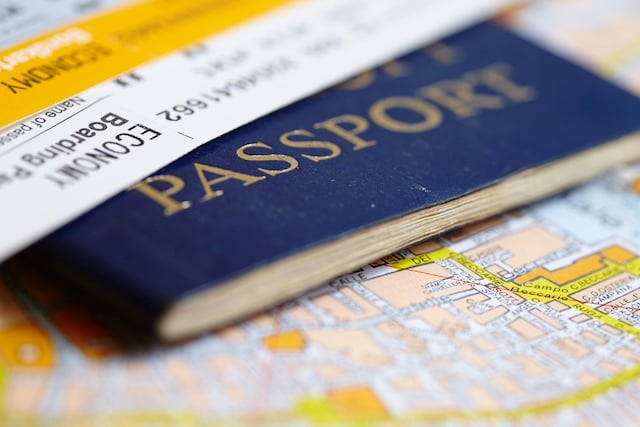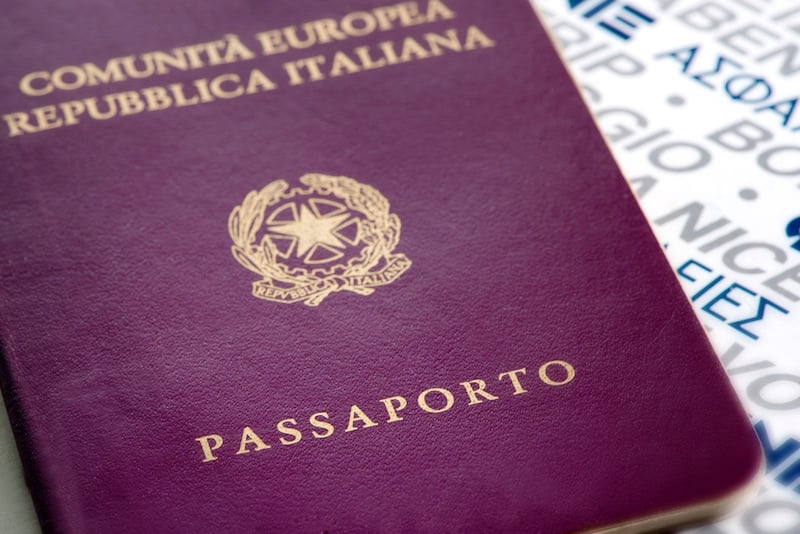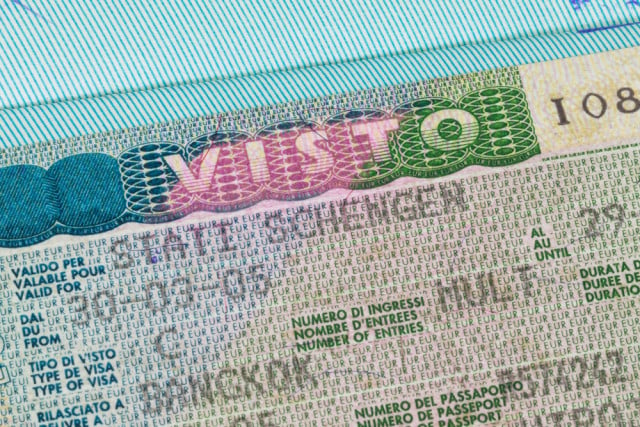So, you’ve finally landed that coveted job in Sweden. Congratulations! The next step is making sure you put your best foot forward in that first important meeting and refrain from unintentionally offending your new colleagues.
For some advice, The Local contacted Swedish etiquette expert Mats Danielsson, who offered up plenty of useful tips and insights for anyone trying to find their way in a Swedish workplace.
“Swedes tend to be democratic, even in business,” says Danielsson.
“Titles aren’t as important and everyone is expected to have a voice. You don’t have to keep your mouth shut just because the boss is talking.”
SEE ALSO: Ten tips for the perfect Swedish cover letter
And as anyone who has spent some time in a Swedish office environment can attest, a number of stereotypes about typical Swedish business culture do ring true.
Punctual and direct, laid back yet efficient, Swedes take business seriously, so you may want to think twice before ordering a glass of wine at your next business lunch.
SEE ALSO: Click here for the latest listings for jobs in Sweden
“You wouldn’t order a pint of lager at a business lunch either. Water or a soft drink is more common,” says Danielsson, adding that a low-alcohol content lättöl beer is acceptable as well.
“And at a business dinner, when your host asks you what you want to drink, they’re not expecting you to order a whisky.”
Thirsty for more insider tips on the dos and don’ts of doing business in Sweden?
Click here for the top ten tips for mastering Swedish business etiquette.
David Landes






 Please whitelist us to continue reading.
Please whitelist us to continue reading.
Member comments